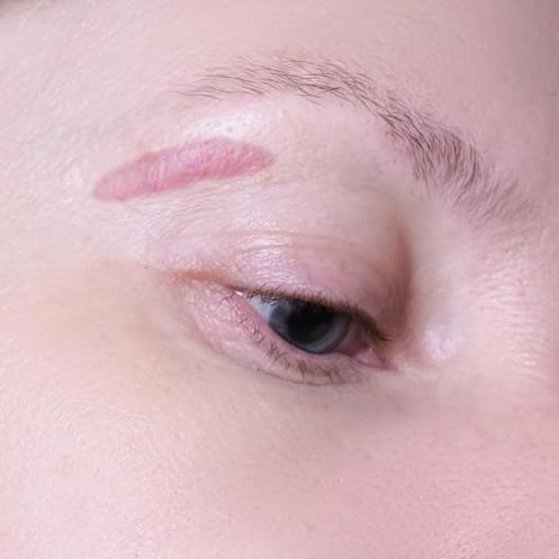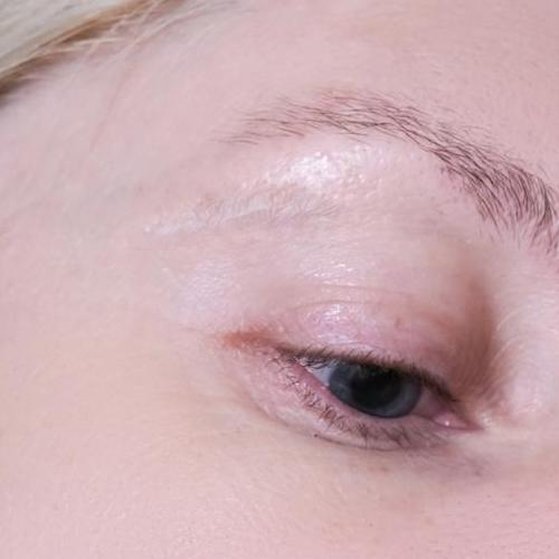Treatments
Treatments | Scars and Keloids
A scar is the result of the biological process of wound repair in the skin and other tissues. It is a natural process during which normal skin is replaced by fibrous tissue. Every wound, surgical or trauma, (except for minor lesions) results in some degree of scarring.
There are many different types of scars:
Atrophic scars: the skin appears to be stretched, thin, and usually white. Stretch marks are a typical example. Atrophic scars can appear as a result of acne, recurrent cysts, and infections on the body.
Pitted and sunken scars: are mainly caused by acne and chickenpox but also result from accidents and surgery. These are the result of the loss of underlying structures supporting the skin.
Hypertrophic scars: are often mistaken for keloids, but unlike what happens in the latter, the excess scar tissue remains within the margins of the original lesion. They are red and protruding and often itchy and moderately painful.
Keloids and pathological scars. Are those that grow too much and that usually grow beyond the margins of the original wound. They are raised, red or purple, shiny, hairless lesions often painful or itchy. Most people with keloids have only one or two. However, some people have many, especially if they have come up with acne or chickenpox scars.
A keloid can occur after surgery, major skin trauma, and also after minor skin damage, such as acne spots. It is possible to develop a keloid even if there has been no obvious damage to the skin.
Keloids usually occur on the upper chest and shoulders - particularly over the breastbone (sternum) and earlobes. In dark-skinned individuals, they often occur in the beard area and on the scalp.
Asians and dark-skinned people develop keloids easier than those with paler skin. A tendency to develop keloids runs in some families.
Is it possible to remove scars?
Scars are permanent marks that cannot be eliminated by any surgical techniques. They can only be improved upon.
What influences the quality of a scar?
The impact and severity of a scar can be influenced by several factors. These include whether by the result of surgery or an accident, whether you are fair or dark-skinned (if dark, the scar will likely be worse), where on the body it is and how it is treated.
What can be used to improve scars?
The correct care of a wound is essential: topical antibiotics to cure or prevent infections, continuous pressure (if possible), occlusion with silicone gel sheets, or daily application of silicone gel for several months. Several cosmetic and surgical procedures can be used, including excision of the scars, intralesional steroid injections, chemical peels, and laser treatment.
Atrophic scars are the most difficult type of scar to treat. Chemical peels and laser treatment may sometimes improve their appearance. Very good results have been obtained using fractional lasers which improve both the texture of the skin and the colour. If the atrophic scars are wide, then it is best to perform an excision of the scar.
Pitted and sunken scars due to acne can be improved with chemical peels and laser resurfacing with fractional lasers or surgical lasers. If deep they can be treated (as with sunken scars) with collagen or hyaluronic acid injections.
 Before
Before After
After